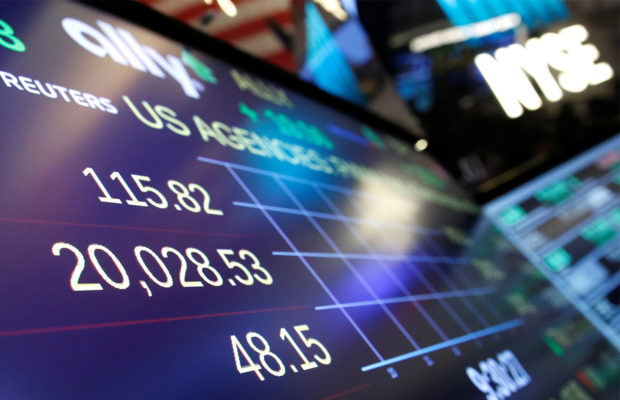Algo Trading – Is It The Way Forward For Retail Traders?

Over the last couple of decades, the stock market has seen an overhaul in both its infrastructure as well as core fundamentals of how trades are performed. Gone are those days when Wall Street would be filled with bustling day traders crowded around screens eager to get their orders in and take advantage of every little ebb and flow of the day’s market.
The Evolution Of Technology In The Trading Industry
What caused this massive revolution in the trading industry? The advent of the Internet in conjunction with easy accessibility of fast and user-friendly computers that could conduct trades at speeds 1000 times faster than a human and drastically reduce the chances of human error. In fact, it was as far as 1998 when the first High Frequency Trading or HFT systems were legalized by the SEC in the US.
The Advantages Of HFT Over Other Methods Of Trading
Over the next 10 years, HFT trading has grown in leaps and bounds to a point where almost 50% of all trades conducted in the US are now through HFT. In fact, an overwhelming majority of banks and other major financial institutions now depend mostly on HFT for their daily trades. What makes HFT so valuable?
To put it simply, there are two main things:
- HFT trades are now conducted in nanoseconds and most major financial institutions have their hardware setup right next to where Exchange computers are located which means that the few nanoseconds of latency that fiber optics take in sending the information across, these mammoth computers can use that very miniscule advantage to tip the trades in their favor.
- HFT as it currently stands is not just based on algorithmic search terms but also employs machine learning and cognitive intelligence techniques to keep itself aware of micro trends across the market and react within a millionth of a second to data trends across twitter and other major news networks.
It is obvious that with the scale and sheer amount of computing power behind HFT, it is probably the most superior form of trading available to the market right now. But it’s not like HFT doesn’t come with its own set of problems. In fact, some of the biggest crashes in recent history like the May Flash Crash in 2010 was caused due to HFT which managed to wipe off $1 trillion in market value within a single trading day.
Automated Trading Powered By Algorithms Gives Retail Traders An Edge
Thus, HFT always needs human supervision but for the most part can be left alone with only a few stock market experts at the helm. But where does that leave retail traders? In quite a good spot since the trickle-down effect of technology means that now even individual retail traders can use advanced auto trading software to their advantage.
The prevalence of HFT means that there are a large volume of trades going across through the market every single day which ensures liquidity and that is something that ends up even benefiting the retail traders. True the time frame of the execution of HFT trades inherently means that slower retail traders will lose out but that is why we see an almost tiered formation in stock markets nowadays.
The usage of auto trading software like Avatrade means that not only can retail traders close the gap with HFT but also experienced traders who have made their fortune with quant trading strategies can even build their own custom trading algorithms and then deploy it via automated trading platforms to ensure fast and reliable execution of their trades.
One of the other major advantages of using a VPS and hosting a trading platform on an off-site location with 24/7 Internet access is that the algorithms that power the trade can monitor events and micro trends around the world at all times and this can lead to a great diversification of the stock portfolio of a retail trader.
Closing Thoughts
While algorithmic trading for retail traders will always come up short if compared to HFT, but the fact lies that the comparison doesn’t consider the immense investment as well as time consuming nature of running a HFT system. Stepping away from this biased overestimation of the potency and speed of an algo trading system when pitted against an HFT, we find that for the retail trader the automated trading system holds a fair edge which when utilized properly in conjunction with quantitative analysis can reduce the emotional factor of trading and increase profit margins and trade volumes by a fair bit.










 © 2024
© 2024
0 comments